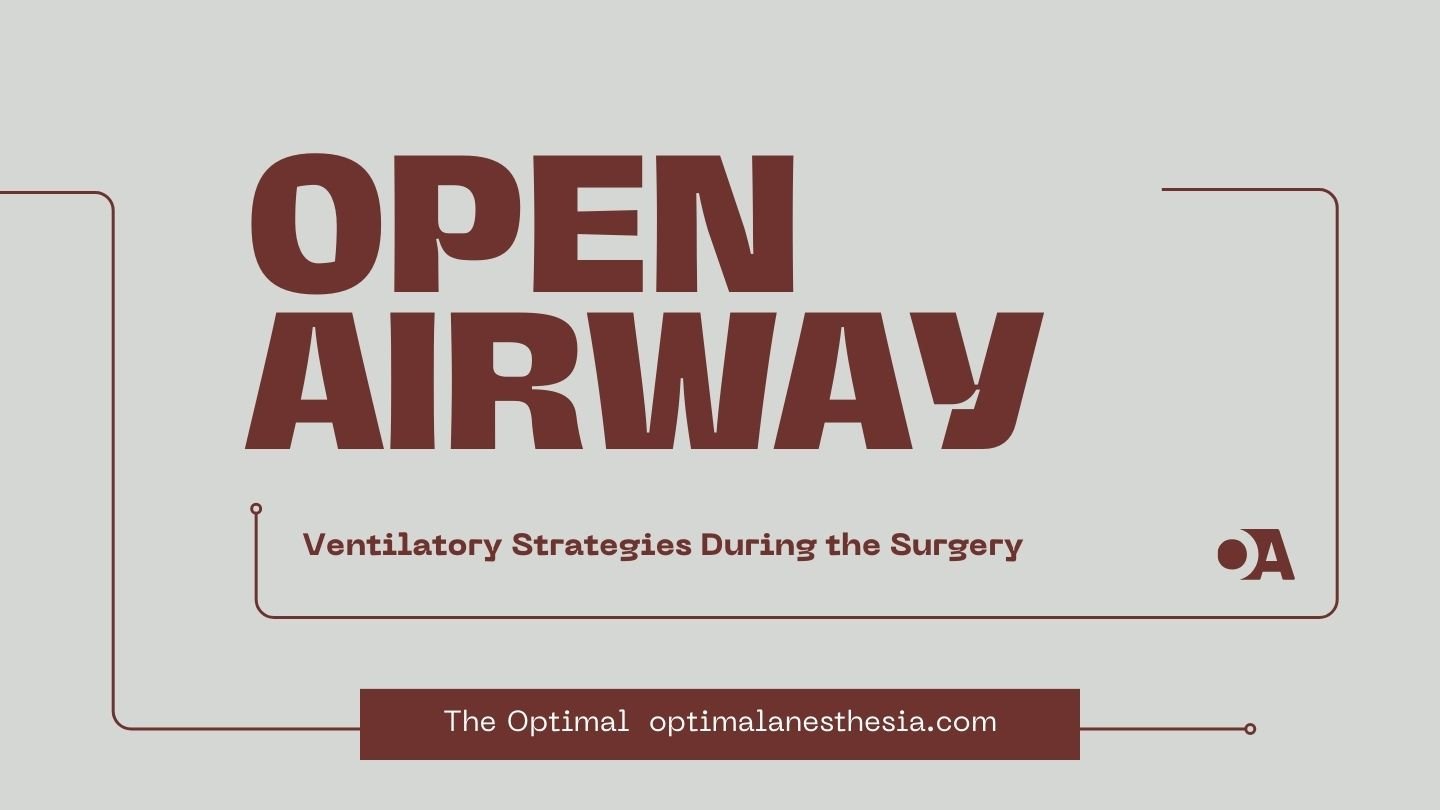Ventilation Strategies During “Open Airway” Phase
Introduction: Anesthesia is a critical component of tracheal surgery, particularly during the “open airway” phase. Ensuring adequate ventilation while maintaining surgical access to the trachea is a complex challenge that requires careful planning and execution. Various ventilation strategies have been developed to manage this delicate balance, each with its unique advantages and disadvantages. Understanding these … Read more




